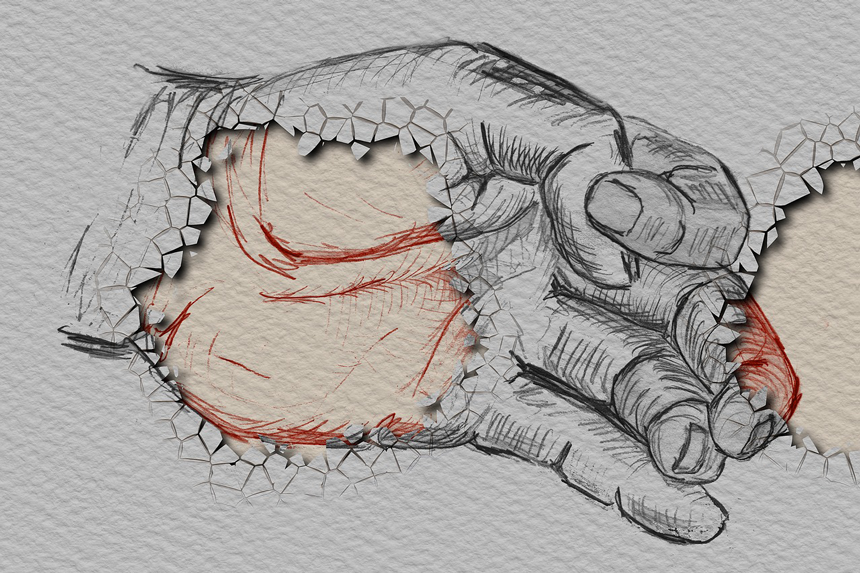Trigger Finger Causes, Treatment, and Surgery
You may have experienced trigger finger before if you felt a “catching” sensation when bending one or more of your fingers. In this condition, tension is experienced in one of more fingers and then suddenly released while other fingers extend in one fluid motion. Frequently it is simply inconvenient or uncomfortable, but other times it can be painful or can make handling objects more difficult.
Diagnosing trigger finger is usually easy because of an identifiable bump on the palm of your hand at the base of the affected finger. The lump will likely move as you bend your finger. If you think you have trigger finger, there are a variety of treatments that can provide long-term relief.

What causes trigger finger?
The tendons in your fingers are protected and held in place by sheaths. Trigger finger occurs when the protective sheath is inflamed or irritated, which can also cause nodules or bumps along the tendon.
When the finger is bent, the nodule on the tendon gets stuck in the sheath and causes tension in the joint, preventing it from moving. In some cases, your finger will stay bent until manually straightened with the opposite hand.
Trigger finger can be caused by repeated or prolonged gripping as part of or job or hobby, certain health conditions like rheumatoid arthritis or diabetes, or as a complication following carpal tunnel syndrome surgery. It also occurs more often in women than men and can be a result of age.
Trigger Finger Treatment Options
There are a few different treatment options for trigger finger, including:
- Anti-inflammatory medication for mild cases.
- Steroid injections for moderate cases involving persistent discomfort. Steroids are injected directly into the tendon sheath.
- Surgery, often referred to as trigger finger release, can be performed in moderate to severe cases when steroid injections do not improve symptoms.
Heiden Orthopedics will discuss all treatment options with you and provide a recommendation based on the severity of your symptoms, your medical history, and other factors.
About Trigger Finger Release Surgery
Trigger finger release is a relatively quick and simple procedure. A small incision is made near the affected finger. We will try to conceal the incision in a crease on your palm for a less noticeable scar.
Once an incision is made, the impacted tendon and sheath are identified and the inflamed sheath is cut. After the sheath is released, we will flex your finger to make sure there is no more catching. The incision is closed and your hand will be bandaged. The entire procedure only takes approximately 15 minutes per affected finger.
Recovery and Results After Trigger Finger Surgery
You may experience some minor pain at the incision site, but it is typically managed with over-the-counter painkillers. The area should be kept clean and dry to avoid infection and keep the hand elevated to minimize swelling.
The treatment area may remain tender for a couple months following the procedure but your range of motion will continue to improve as the tissues heal.
Trigger finger release has a very high rate of success, with the vast majority of patients experiencing reduced discomfort and more fluid movement of their finger. It is best to intervene when the condition is mild, so contact Heiden Othopedics if you suspect you have trigger finger.
2 Comments
Permalink
Do I need a referral to be seen for trigger finger?
Permalink
Patti,
We do not require a referral to be seen. The only reason you will need one is if your insurance company requires it – most do not, but some do.